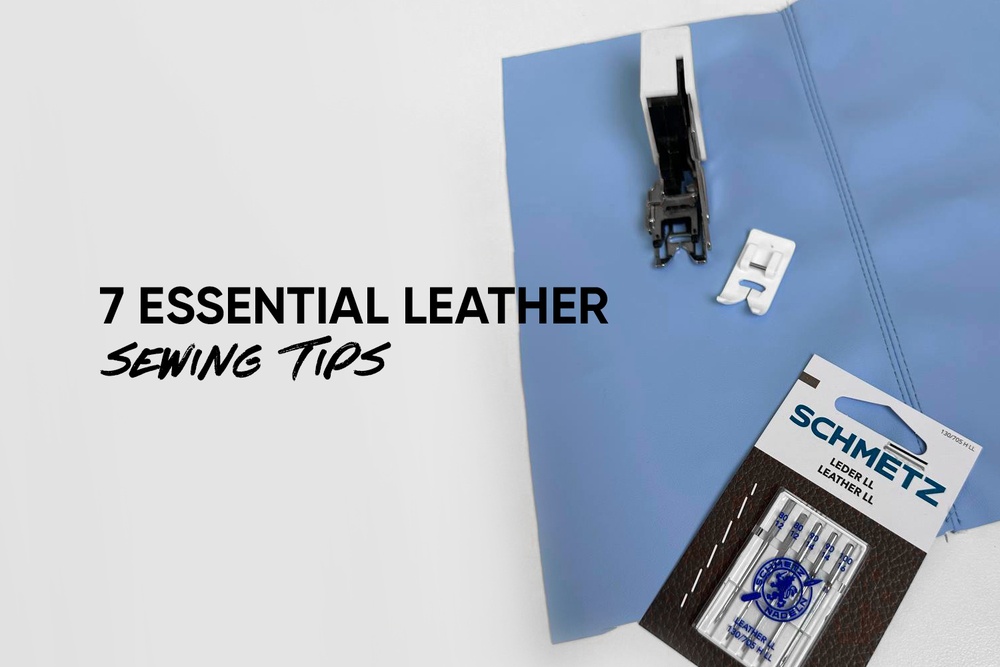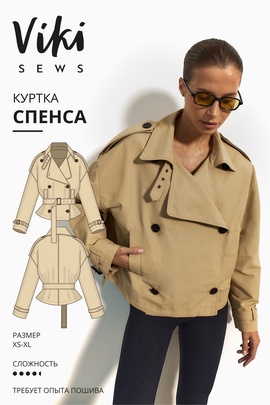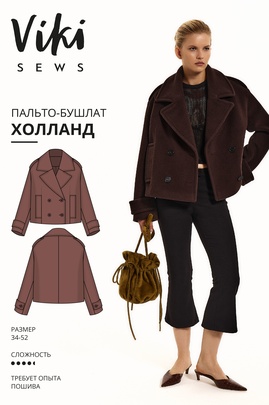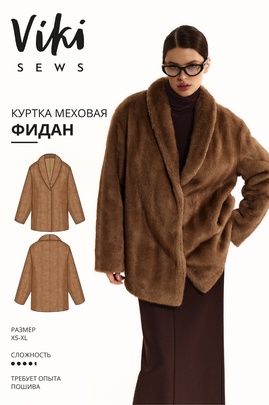1️. When sewing, use only special leather needles – look for ‘LEDER LEATHER’ on the packaging. Choose the size based on the leather thickness.
2️. Specialty presser feet can make the job easier, like the Teflon foot or a walking foot. Thanks to their Teflon coating, they glide over the fabric effortlessly and prevent stitches from bunching.
3️. For marking, opt for gel pens, whose lines can be easily wiped away with a damp cotton cloth.
4️. To avoid puncturing the leather, secure pieces with thin pins within the seam allowance, piercing parallel to the edges at about 2−3 mm (1/8”) from the seam allowance line, or use special sewing clips.
5️. If the foot keeps sticking, pre-treat the leather fabric with a cream, like hand cream, for smooth sewing.
6️. Seam allowances can be pressed open and held in place with thermal transfer tape (double-sided adhesive tape). If you don’t have this, you may stitch the allowances 2−3 mm (1/8”) away from the joining seam and trim close to the stitches.
7️. Faux leather doesn’t need overlock finishing – just cut the allowances neatly and evenly. Pinking shears can be a good tool for this.
Try your hand at faux leather with small projects, like bag patterns or skirts. You just need to practice a little.
Find more helpful sewing tips at Vikisews Blog:
Finishing zipper seam allowances without an overlocker
How to finish the edge in a garment using an elastic binding










Здесь пока нет комментариев